What is the “We Noticed A Login From A Device You Don’t Usually Use” Email Scam
We Noticed A Login From A Device You Don’t Usually Use Email Scam is part of an email spam campaign that aims to phish users’ login credentials. When these kinds of campaigns are launched, thousands of users receive the emails. This particular phishing campaign is disguised to look like a notification email informing users about an unrecognized login to their account. The goal of this campaign is to trick users into engaging with the email and following instructions. If users are successfully tricked, their email login credentials will be exposed, which will result in unauthorized access to their email accounts.
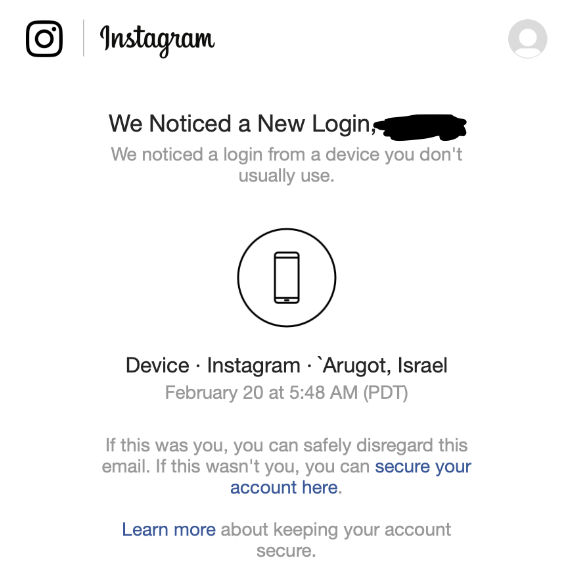
Email accounts are connected to all other accounts and contain a lot of sensitive information, which is why they’re in such high demand. Phishing campaigns aiming for email login credentials are incredibly common, particularly for users whose email addresses have been leaked and are now sold on hacker forums.
The way this particular We Noticed A Login From A Device You Don’t Usually Use Email Scam works is users are informed that there has been an unidentified login from an unknown device to their email account. Some services like Google send emails informing users about new/unknown logins to their accounts, which is why phishing campaigns imitating such emails can be quite successful.
Emails from this campaign first try to catch users’ attention with a subject line that states that there has been a new login to your email account. The email claims that the login did not come from a known device, which triggered the notification email. The email will contain information about this supposed login, including the date, operating system, browser, and location. It will then explain that if the new login was you, you do not need to do anything. However, if it was not you, you are asked to secure your account.
If you try to secure your account, you will be taken to a phishing page that closely imitates a legitimate email login page. The page will ask you to type in your email address and password to supposedly log in. If you do, your login credentials will end up in the hands of cybercriminals. The credentials would either be used by the malicious actors operating this phishing campaign or be sold on some hacker forum for other cybercriminals to use. Either way, a successful phishing attack would result in unauthorized access to your email account. If the email address is connected to other accounts, they could be hijacked as well.
How to recognize a phishing email
Phishing emails range from very obvious to highly sophisticated. The latter are usually reserved for individual targets because they need to be personalized and contain information about users that would make them seem more credible. However, most regular users are targeted by generic phishing emails, which are not particularly difficult to recognize.
Depending on which version lands in your inbox, the “We Noticed A Login From A Device You Don’t Usually Use” email is likely to have grammar/spelling mistakes that will make the emails immediately obvious. Legitimate emails informing about unauthorized logins will not have any mistakes because they are automatic emails. More sophisticated emails usually don’t have mistakes, which means you also need to know other signs that would signal a phishing attempt.
One of the easiest things to check is the sender’s email address. If the login notification email is sent by your email provider, it will be sent from an easily verifiable email address. If you’re not sure, you can use a search engine to look into the email address and see whether it’s used by your email provider. Random-looking email addresses should be immediately disregarded as fake.
Phishing sites are made to closely resemble legitimate sites but they can easily be identified by the URL. For example, if a phishing site is made to look like a Google login page, the contents of the site may look identical but the URL will not be accounts.google.com. So the URL will always give the phishing site away. You should never log in anywhere without first checking the URL. If anything looks suspicious, do not log in.
If you receive an email that asks you to log in to fix some issue in your account, log in manually instead of clicking on a link in an email.
If you have received this kind of email and fallen for the phishing attempt, you need to change your email account password immediately. If you can no longer access your account, try all the available account recovery options and contact support to see if it’s possible to recover it. If your inaccessible email account was connected to many other accounts, you need to change the email address on all those accounts as soon as possible.
Offers
Download Removal Toolto scan for We Noticed A Login From A Device You Don't Usually Use Email ScamUse our recommended removal tool to scan for We Noticed A Login From A Device You Don't Usually Use Email Scam. Trial version of provides detection of computer threats like We Noticed A Login From A Device You Don't Usually Use Email Scam and assists in its removal for FREE. You can delete detected registry entries, files and processes yourself or purchase a full version.
More information about SpyWarrior and Uninstall Instructions. Please review SpyWarrior EULA and Privacy Policy. SpyWarrior scanner is free. If it detects a malware, purchase its full version to remove it.

WiperSoft Review Details WiperSoft (www.wipersoft.com) is a security tool that provides real-time security from potential threats. Nowadays, many users tend to download free software from the Intern ...
Download|more


Is MacKeeper a virus? MacKeeper is not a virus, nor is it a scam. While there are various opinions about the program on the Internet, a lot of the people who so notoriously hate the program have neve ...
Download|more


While the creators of MalwareBytes anti-malware have not been in this business for long time, they make up for it with their enthusiastic approach. Statistic from such websites like CNET shows that th ...
Download|more
Quick Menu
Step 1. Uninstall We Noticed A Login From A Device You Don't Usually Use Email Scam and related programs.
Remove We Noticed A Login From A Device You Don't Usually Use Email Scam from Windows 8
Right-click in the lower left corner of the screen. Once Quick Access Menu shows up, select Control Panel choose Programs and Features and select to Uninstall a software.
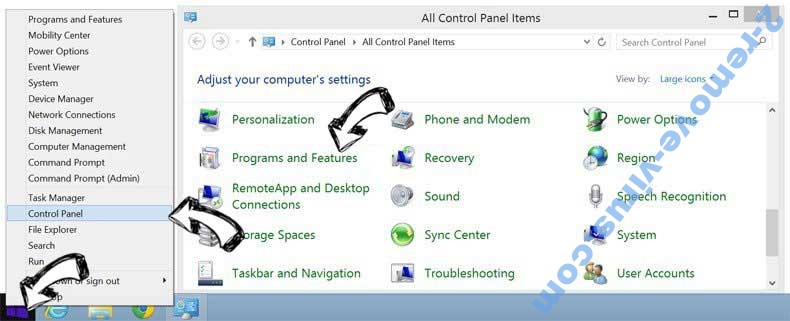

Uninstall We Noticed A Login From A Device You Don't Usually Use Email Scam from Windows 7
Click Start → Control Panel → Programs and Features → Uninstall a program.
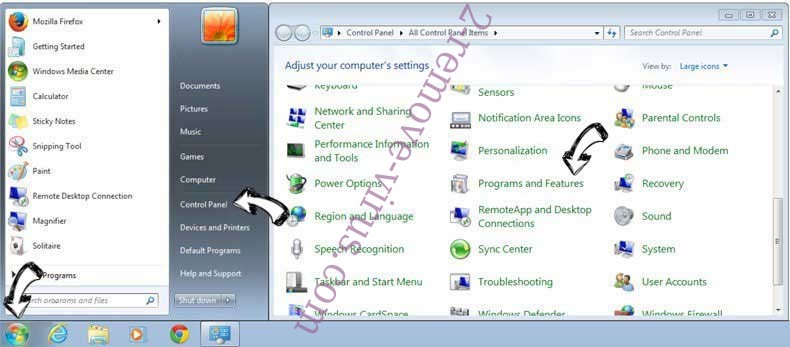

Delete We Noticed A Login From A Device You Don't Usually Use Email Scam from Windows XP
Click Start → Settings → Control Panel. Locate and click → Add or Remove Programs.
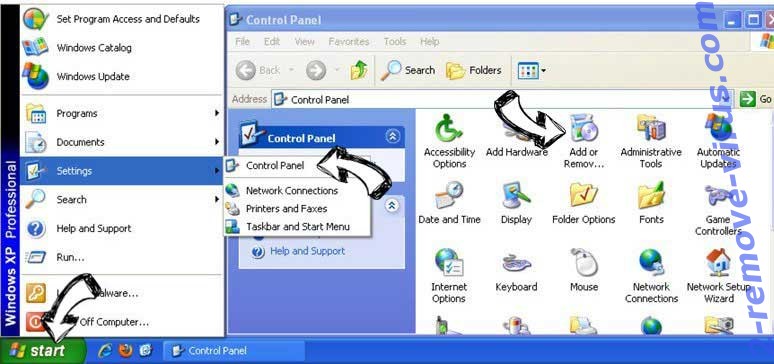

Remove We Noticed A Login From A Device You Don't Usually Use Email Scam from Mac OS X
Click Go button at the top left of the screen and select Applications. Select applications folder and look for We Noticed A Login From A Device You Don't Usually Use Email Scam or any other suspicious software. Now right click on every of such entries and select Move to Trash, then right click the Trash icon and select Empty Trash.
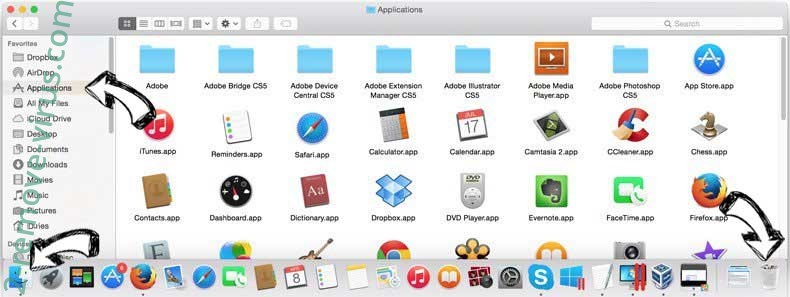

Step 2. Delete We Noticed A Login From A Device You Don't Usually Use Email Scam from your browsers
Terminate the unwanted extensions from Internet Explorer
- Tap the Gear icon and go to Manage Add-ons.

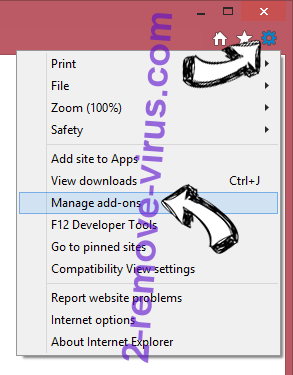
- Pick Toolbars and Extensions and eliminate all suspicious entries (other than Microsoft, Yahoo, Google, Oracle or Adobe)

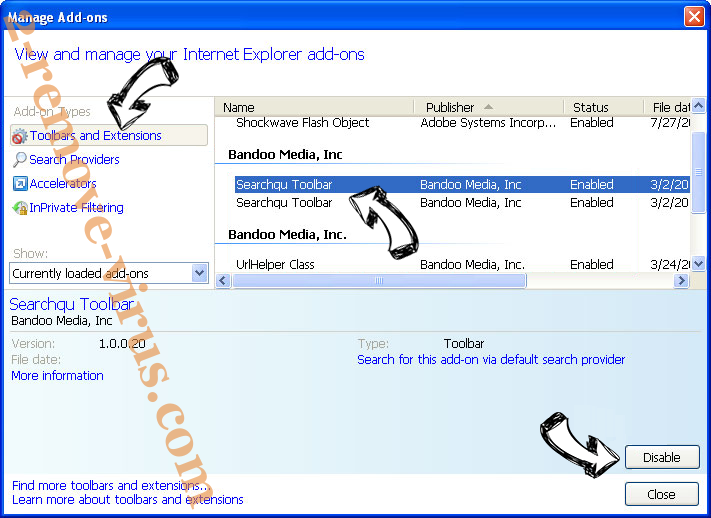
- Leave the window.
Change Internet Explorer homepage if it was changed by virus:
- Tap the gear icon (menu) on the top right corner of your browser and click Internet Options.


- In General Tab remove malicious URL and enter preferable domain name. Press Apply to save changes.

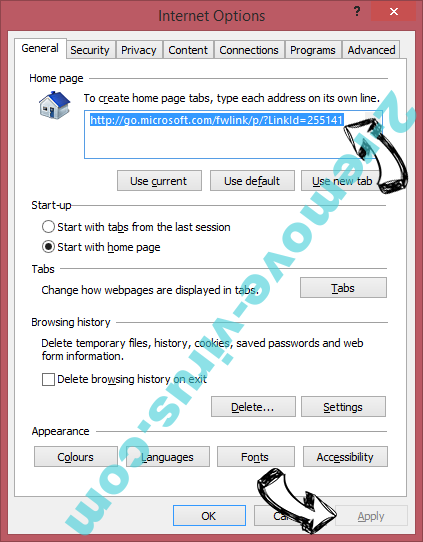
Reset your browser
- Click the Gear icon and move to Internet Options.

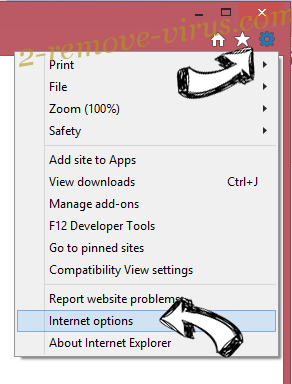
- Open the Advanced tab and press Reset.

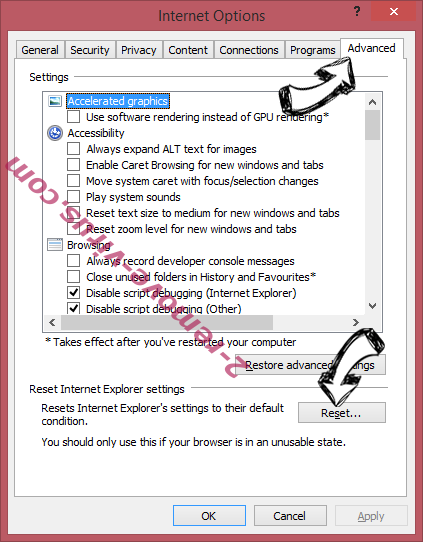
- Choose Delete personal settings and pick Reset one more time.

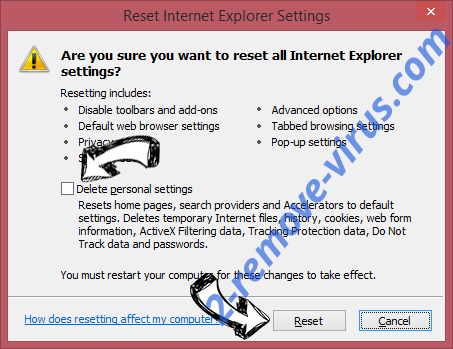
- Tap Close and leave your browser.

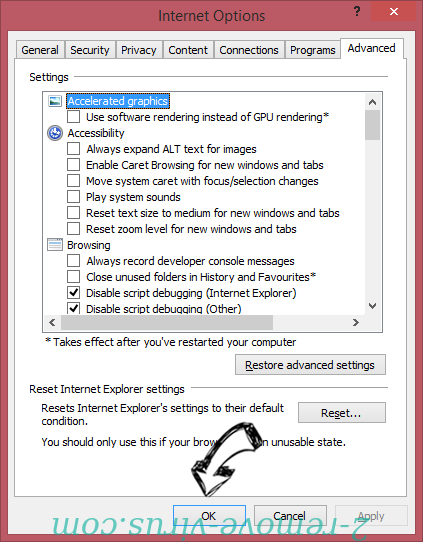
- If you were unable to reset your browsers, employ a reputable anti-malware and scan your entire computer with it.
Erase We Noticed A Login From A Device You Don't Usually Use Email Scam from Google Chrome
- Access menu (top right corner of the window) and pick Settings.

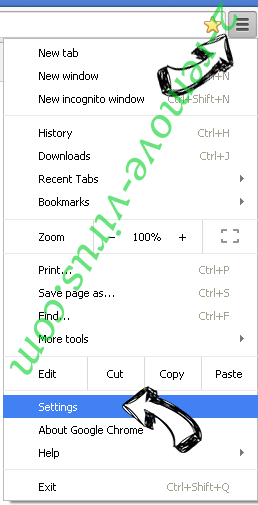
- Choose Extensions.

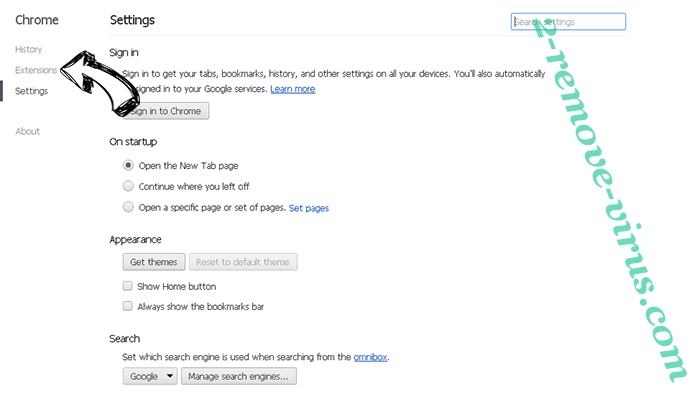
- Eliminate the suspicious extensions from the list by clicking the Trash bin next to them.

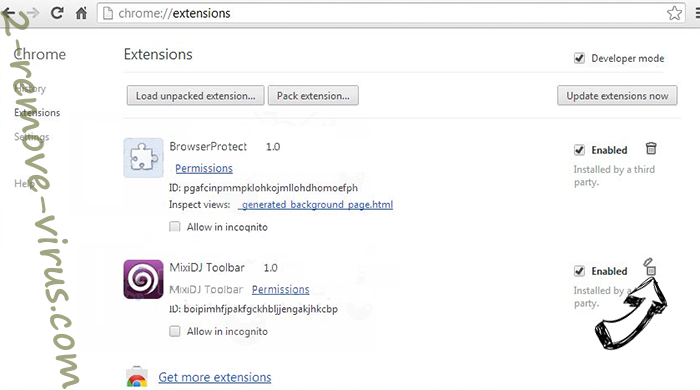
- If you are unsure which extensions to remove, you can disable them temporarily.

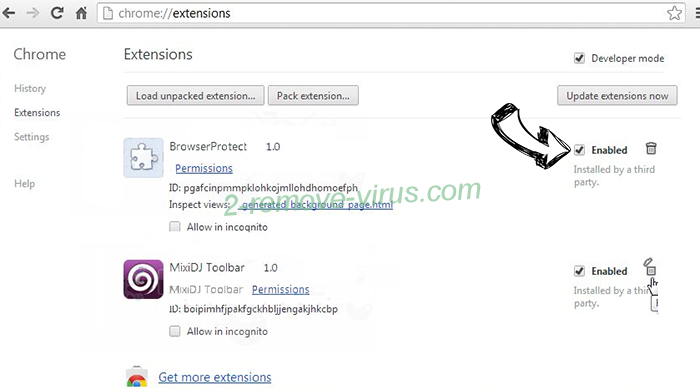
Reset Google Chrome homepage and default search engine if it was hijacker by virus
- Press on menu icon and click Settings.


- Look for the “Open a specific page” or “Set Pages” under “On start up” option and click on Set pages.

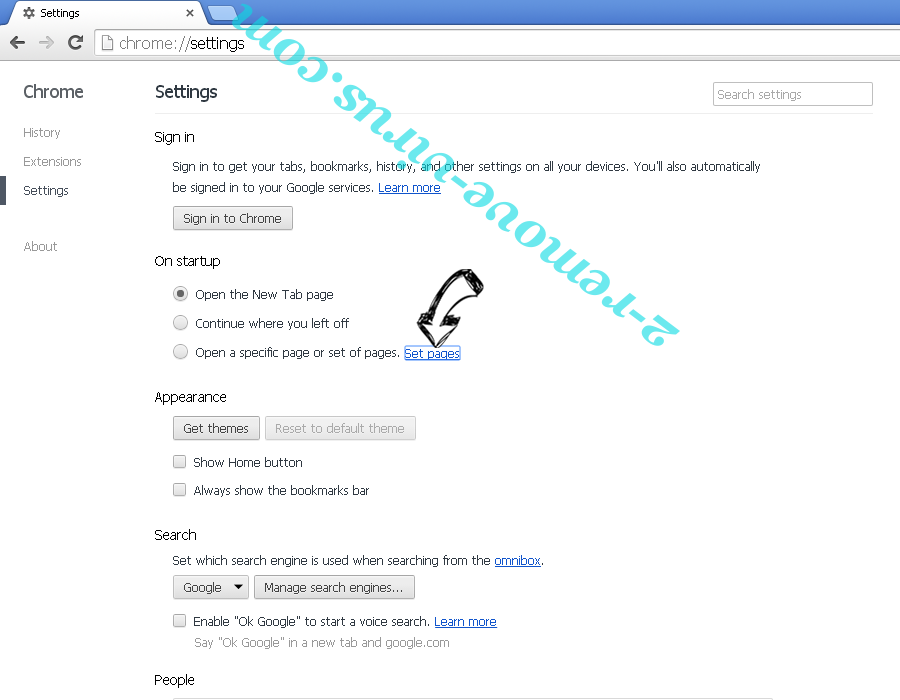
- In another window remove malicious search sites and enter the one that you want to use as your homepage.

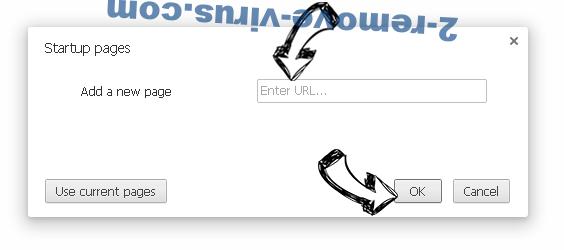
- Under the Search section choose Manage Search engines. When in Search Engines..., remove malicious search websites. You should leave only Google or your preferred search name.

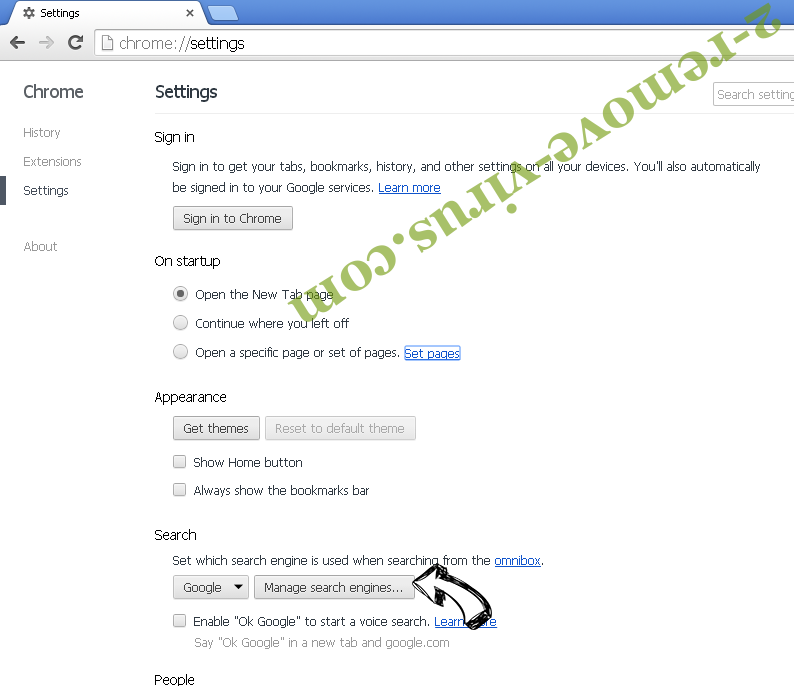

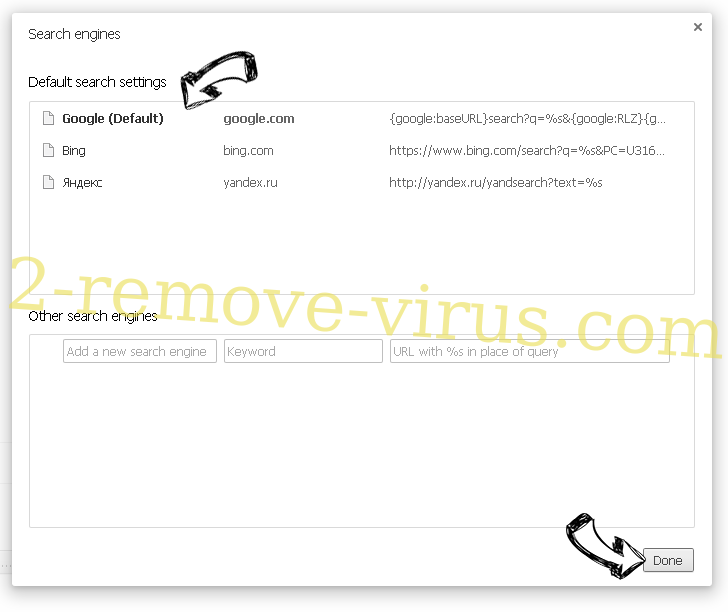
Reset your browser
- If the browser still does not work the way you prefer, you can reset its settings.
- Open menu and navigate to Settings.

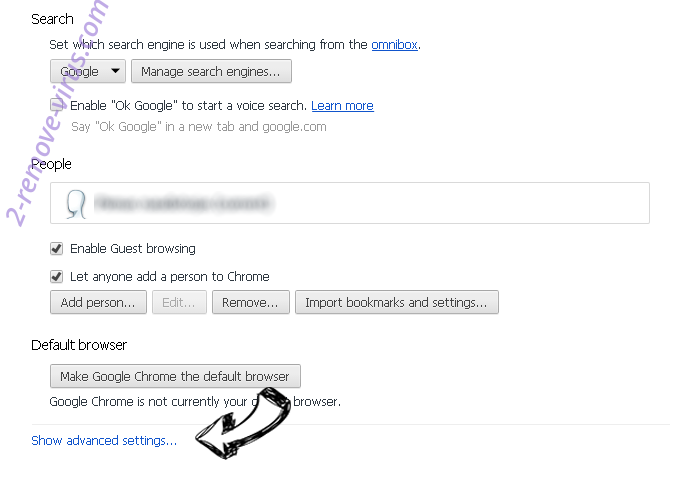
- Press Reset button at the end of the page.

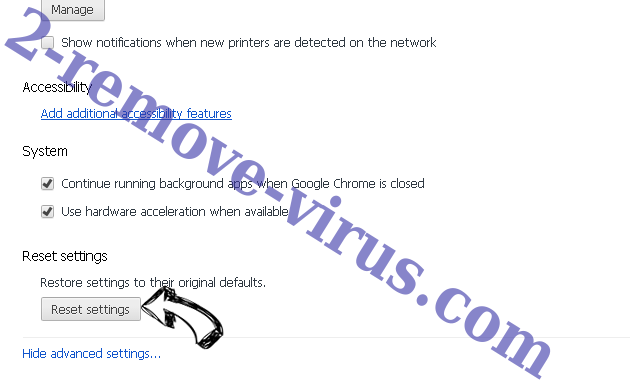
- Tap Reset button one more time in the confirmation box.

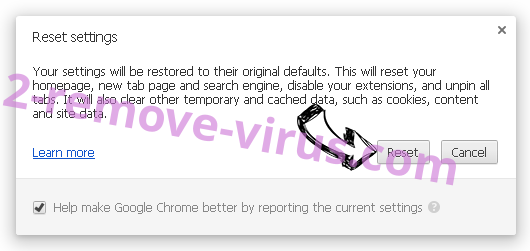
- If you cannot reset the settings, purchase a legitimate anti-malware and scan your PC.
Remove We Noticed A Login From A Device You Don't Usually Use Email Scam from Mozilla Firefox
- In the top right corner of the screen, press menu and choose Add-ons (or tap Ctrl+Shift+A simultaneously).

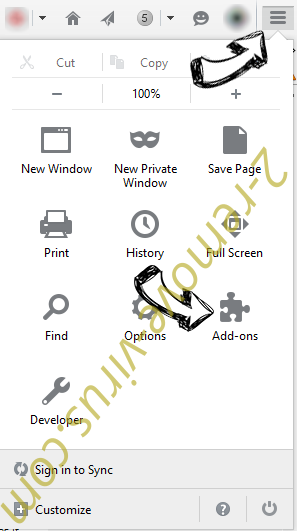
- Move to Extensions and Add-ons list and uninstall all suspicious and unknown entries.

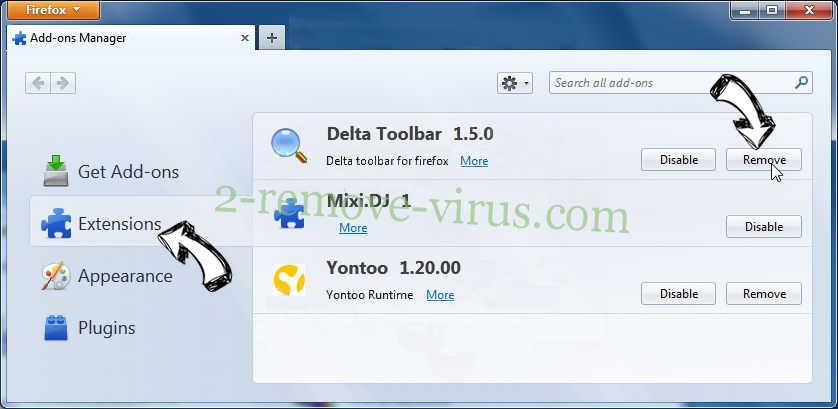
Change Mozilla Firefox homepage if it was changed by virus:
- Tap on the menu (top right corner), choose Options.

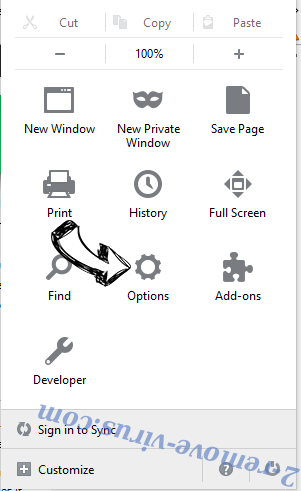
- On General tab delete malicious URL and enter preferable website or click Restore to default.

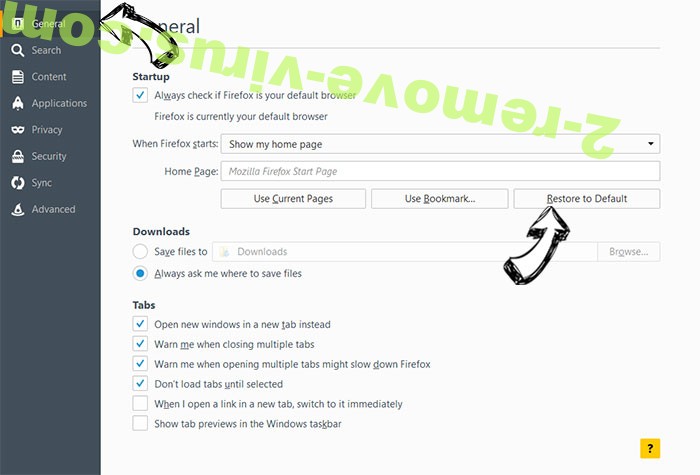
- Press OK to save these changes.
Reset your browser
- Open the menu and tap Help button.


- Select Troubleshooting Information.


- Press Refresh Firefox.

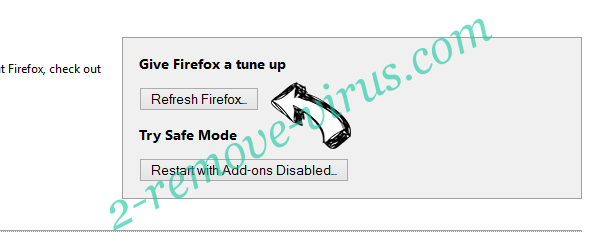
- In the confirmation box, click Refresh Firefox once more.


- If you are unable to reset Mozilla Firefox, scan your entire computer with a trustworthy anti-malware.
Uninstall We Noticed A Login From A Device You Don't Usually Use Email Scam from Safari (Mac OS X)
- Access the menu.
- Pick Preferences.

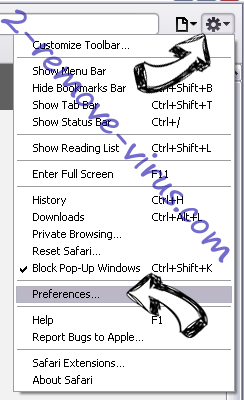
- Go to the Extensions Tab.


- Tap the Uninstall button next to the undesirable We Noticed A Login From A Device You Don't Usually Use Email Scam and get rid of all the other unknown entries as well. If you are unsure whether the extension is reliable or not, simply uncheck the Enable box in order to disable it temporarily.
- Restart Safari.
Reset your browser
- Tap the menu icon and choose Reset Safari.

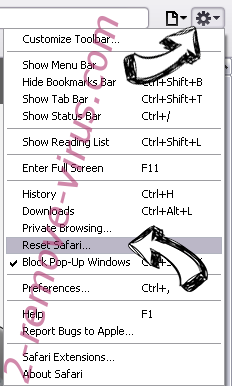
- Pick the options which you want to reset (often all of them are preselected) and press Reset.

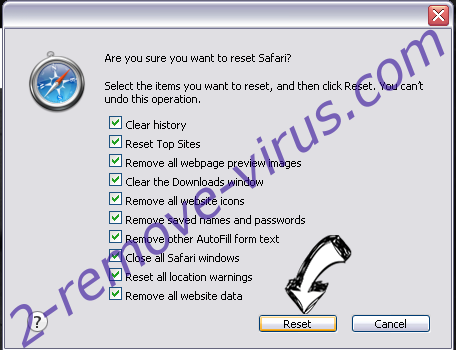
- If you cannot reset the browser, scan your whole PC with an authentic malware removal software.
Site Disclaimer
2-remove-virus.com is not sponsored, owned, affiliated, or linked to malware developers or distributors that are referenced in this article. The article does not promote or endorse any type of malware. We aim at providing useful information that will help computer users to detect and eliminate the unwanted malicious programs from their computers. This can be done manually by following the instructions presented in the article or automatically by implementing the suggested anti-malware tools.
The article is only meant to be used for educational purposes. If you follow the instructions given in the article, you agree to be contracted by the disclaimer. We do not guarantee that the artcile will present you with a solution that removes the malign threats completely. Malware changes constantly, which is why, in some cases, it may be difficult to clean the computer fully by using only the manual removal instructions.
